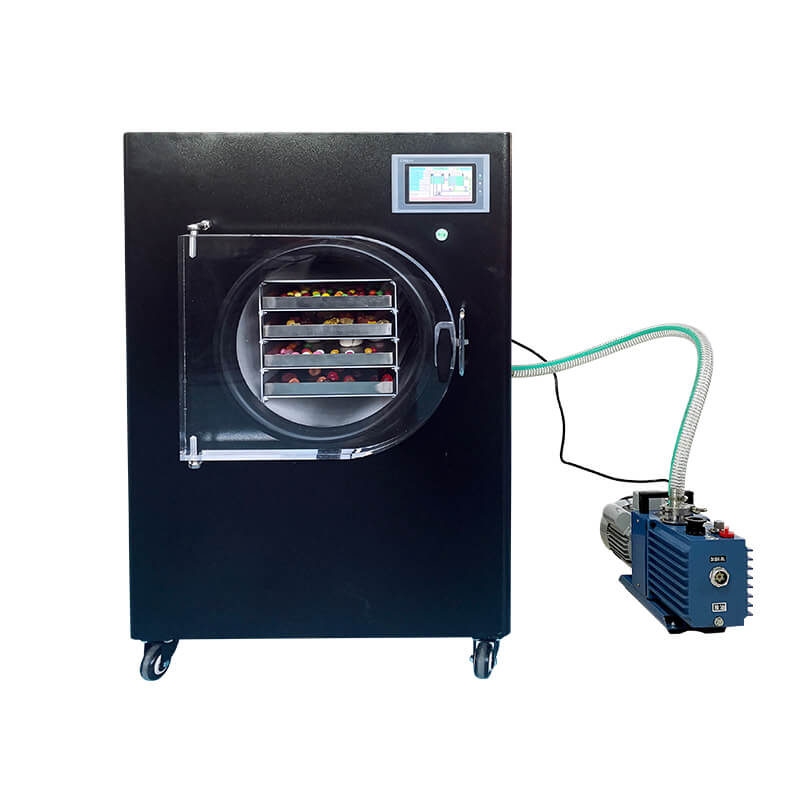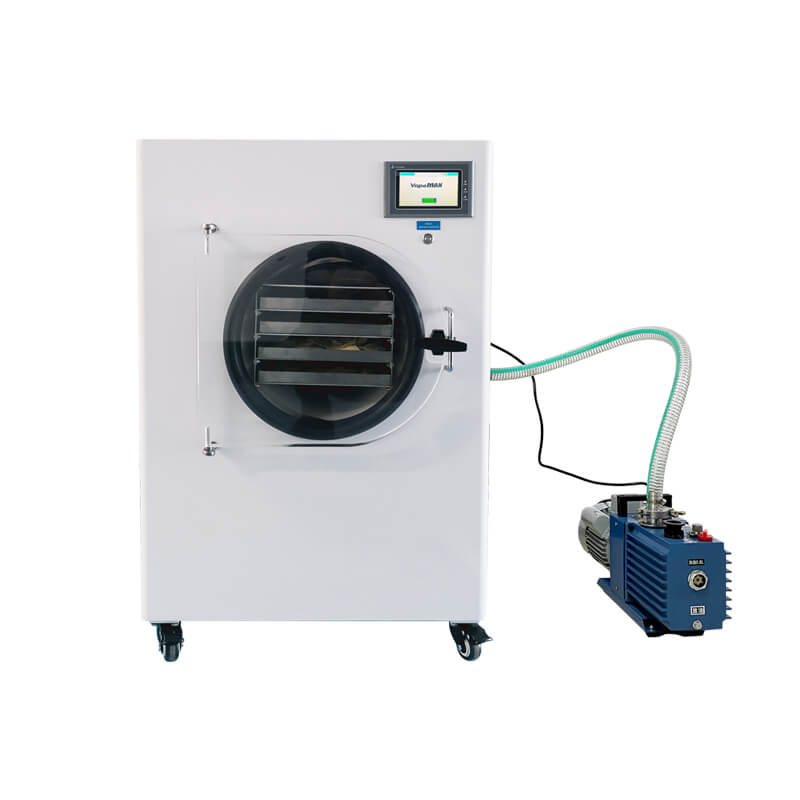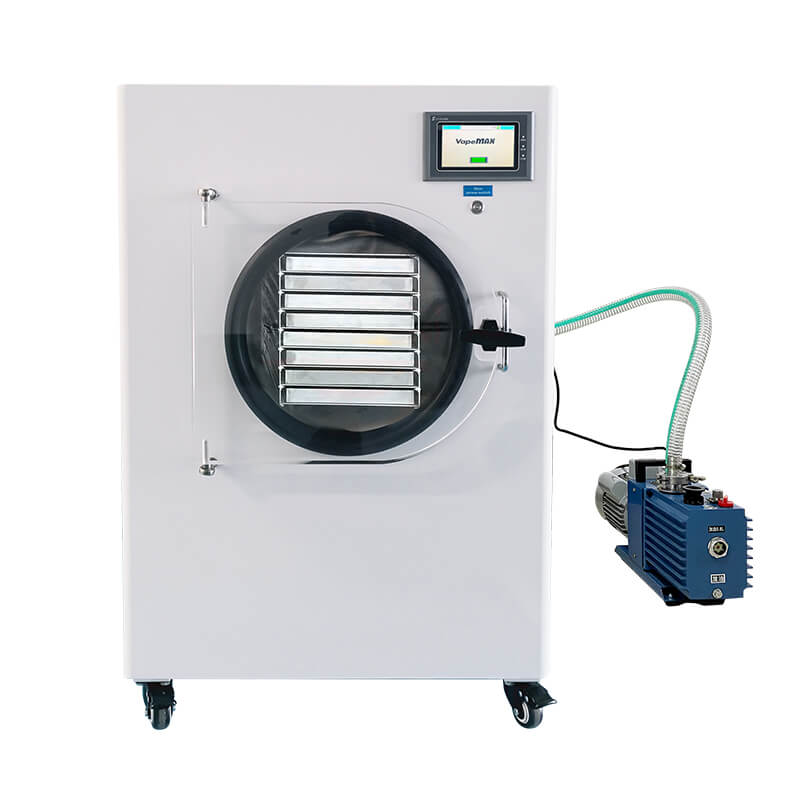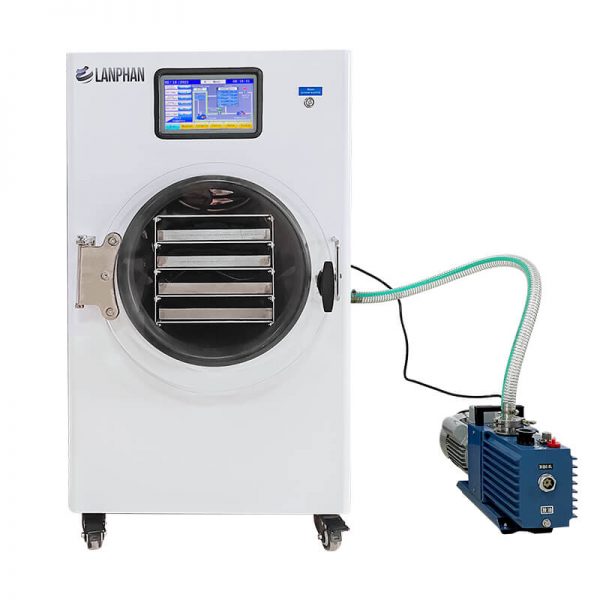There are several reasons why freeze-dried food has an extended shelf life
01
Removal of Moisture
Freeze drying involves freezing the food and then converting the ice directly into vapor, without passing through a liquid phase. This process effectively removes the moisture from the food, reducing the activity of microorganisms and enzymes, thus slowing down the rate of spoilage.
02
Inhibition of Microbial Growth
Moisture is a critical factor for microbial growth and reproduction. By removing the water content through freeze drying, the conditions for microbial survival are significantly reduced, inhibiting the growth of bacteria, molds, yeasts, and other microorganisms. This helps extend the shelf life of the food.
03
Preservation of Nutritional Content
During the freeze-drying process, the food is kept at a low temperature and subjected to a vacuum environment. This minimizes oxidation and degradation of the nutritional components. Compared to other heat-based methods, freeze drying better preserves the stability and integrity of vitamins, minerals, and other nutrients in the food.
04
Prevention of Oxidation
Reduced moisture content also reduces the occurrence of oxidation reactions. Oxidation is one of the main causes of food spoilage and quality deterioration. By removing moisture through freeze drying, the food’s exposure to oxygen is minimized, slowing down the rate of oxidation and extending the shelf life.
05
Reduction of Microbial Contamination Risk
With reduced moisture content, freeze-dried food creates an inhospitable environment for microbial growth, thereby reducing the risk of microbial contamination. Freeze drying helps maintain food quality while reducing the presence of pathogens and harmful microorganisms, making the food safer to consume.
freeze drying extends the shelf life of food by removing moisture, inhibiting microbial growth, preserving nutritional content, and reducing oxidation. These factors make freeze-dried food a widely used method for food preservation.





